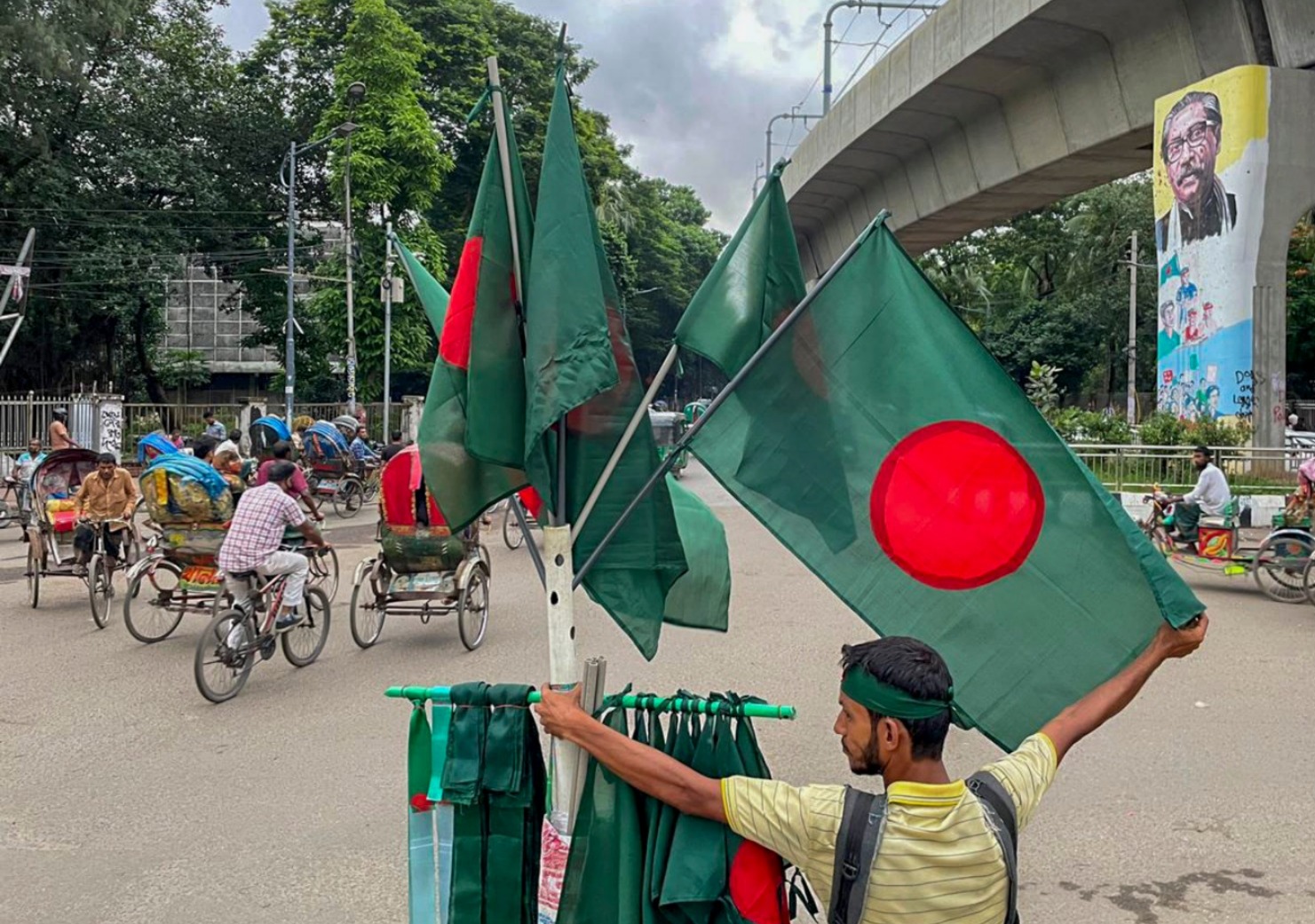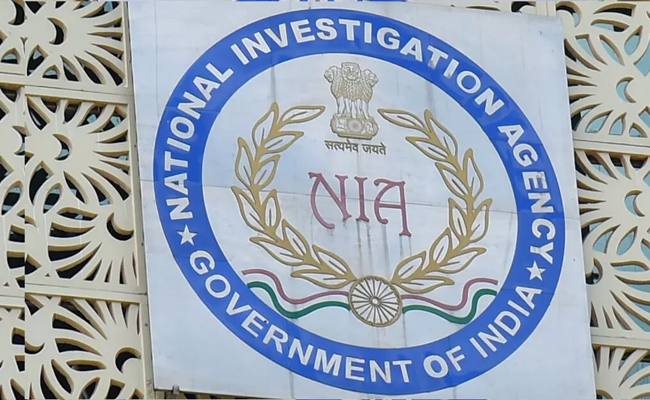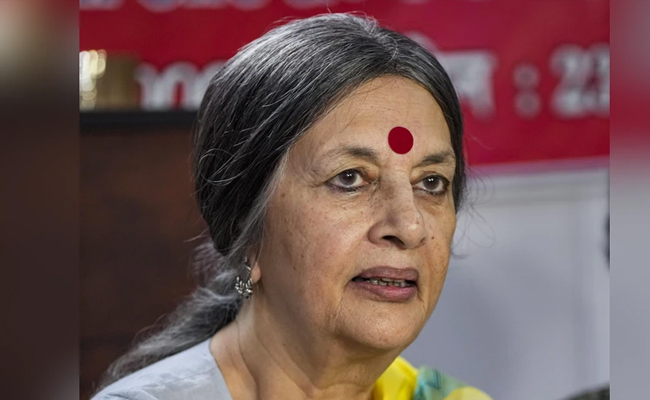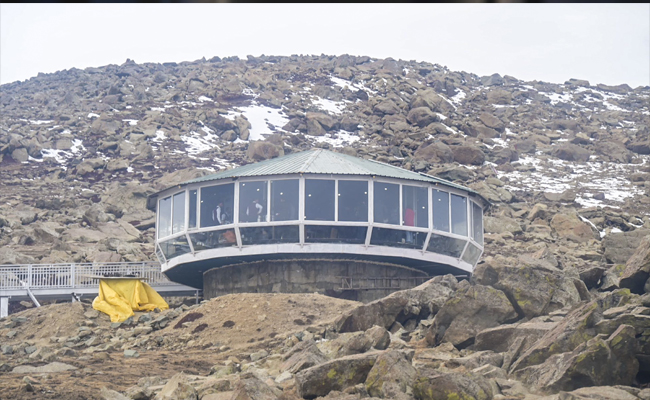Dhaka (PTI): The Dhaka Metro resumed services on Sunday over a month after it was shut for passengers during the unprecedented anti-government protests in Bangladesh with two of its stations bearing the brunt of vandalism.
These two stations—Mirpur-10 and Kazipara—will however remain closed, according to an official notification.
Commuters, especially students and office-goers, heaved a sigh of relief as they had to travel through Dhaka’s notorious traffic congestions daily to reach their destinations.
According to the official notification, the services resumed in the morning around 7 am.
Mirpur-10 and Kazipara stations were vandalised in July during the anti-government protests. The Dhaka Metro services were shut for passengers in the third week of July and coupled with choc-a-bloc streets due to protests had nearly paralysed the public transportation system in the capital.
Many commuters who otherwise were using cab services or autorickshaws for travelling to university and other areas on Sunday used the metro after a gap of over five weeks.
Dhaka Metro, whose current network spans from Uttara North to Motijheel, is operated by the Dhaka Mass Transit Company Limited (DMTCL).
“We are planning to make the metro rail infrastructure a key point installation with enhanced security for its protection from any kind of vandalism,” Road Transport and Communication Adviser Muhammad Fouzul Kabir Khan said.
Khan said the interim government also plans to declare metro rail operations as an essential service to prevent any disruption in the service. He travelled between Agargon station and Bangladesh Secretariat station in the metro.
A Dhaka High Court official told PTI that he used the metro on Sunday to travel to his office, and the resumption of services has come as a big relief for daily commuters like him.
On December 28, 2022, Bangladesh launched its first metro rail service with Japanese assistance to ease commuting in the capital Dhaka, one of the most congested cities in the world.
Called Dhaka MRT Line 6, it initially operated on an 11.73-km section from Uttara North to Agargaon, consisting of nine stations. The then prime minister Sheikh Hasina had inaugurated the project.
In November 2023, the section from Agargaon to Motijheel having eight stations and spanning 9.53 km, was inaugurated by Hasina.
The Delhi Metro Rail Corporation (DMRC) is working on the Dhaka Metro project (three lines) as a consultant, with varying degrees of involvement, a senior official of the DMRC had earlier said.
Besides the presently operational Line 6, DMRC is involved as a consultant for Line 5 North and Line 1 in the Dhaka Metro project.
“About 10 DMRC employees were posted in Dhaka as part of the metro project there. They have all returned safely to India,” a senior official of the DMRC said in response to a PTI query.
A large number of Indian nationals have returned to India from Bangladesh since the protests began on July 1.
The unprecedented anti-government protests reached a crescendo on August 5. Prime Minister Sheikh Hasina resigned and fled to India on that day, even as protesters had termed the fall of the government and her departure a “day of victory”.
Asked if the DMTCL has approached the DMRC to send consultants for the ongoing or planned construction works, the senior official said the DMRC officials are “extending the necessary cooperation as per the terms and conditions of our engagement”.
“However, any decision regarding the return of the employees will be taken as per the advisories issued by India’s Ministry of External Affairs,” he added.
Asked if the DMRC is remotely monitoring the project in the absence of physical presence of its employees and experts on the ground in Dhaka, the official said, “Yes, currently, the DMRC officials engaged with the Dhaka Metro project are extending the necessary cooperation through online mode.”
Let the Truth be known. If you read VB and like VB, please be a VB Supporter and Help us deliver the Truth to one and all.
Bhatkal: Speaker of the Karnataka Legislative Assembly U. T. Khader visited Bhatkal in Uttara Kannada district on Saturday and attended a local cricket match being played as part of a tournament organised by the Cosmos Sports Centre of Bhatkal.
After attending a programme at Anjuman Hami-E-Muslimeen, Khader proceeded to the Bhatkal Taluka Stadium, where the tournament is underway. He was accompanied by office-bearers of the Cosmos Sports Centre and several local community leaders.
Those present during the visit included President of Majlis-e-Islah Wa Tanzeem and former JD(S) leader Inayathullah Shabandri, Vice President of Tanzeem Atiqur Rahman Muniri, General Secretary Abdul Raqeeb MJ, President of Cosmos Sports Centre Ismail Anjum, Managing Director of Mohtisham Complexes S. M. Arshad, former president of the Bhatkal Muslim Youth Federation Imtiyaz Udyawar, among others.
Addressing players and organisers, Khader extended his best wishes to the participating teams and urged the players to uphold the spirit of sportsmanship. He said such tournaments help promote unity and brotherhood among the youth.
The cricket tournament began on November 21 and will conclude with the final match on December 21. It is being organised as part of the golden jubilee celebrations of the Cosmos Sports Centre.
Cosmos Sports Centre is one of the member clubs of the Bhatkal Muslim Youth Federation and is known for its active role in promoting sports in the town. Apart from sporting activities, the centre is also involved in various social and community initiatives, including efforts to promote education among students.






